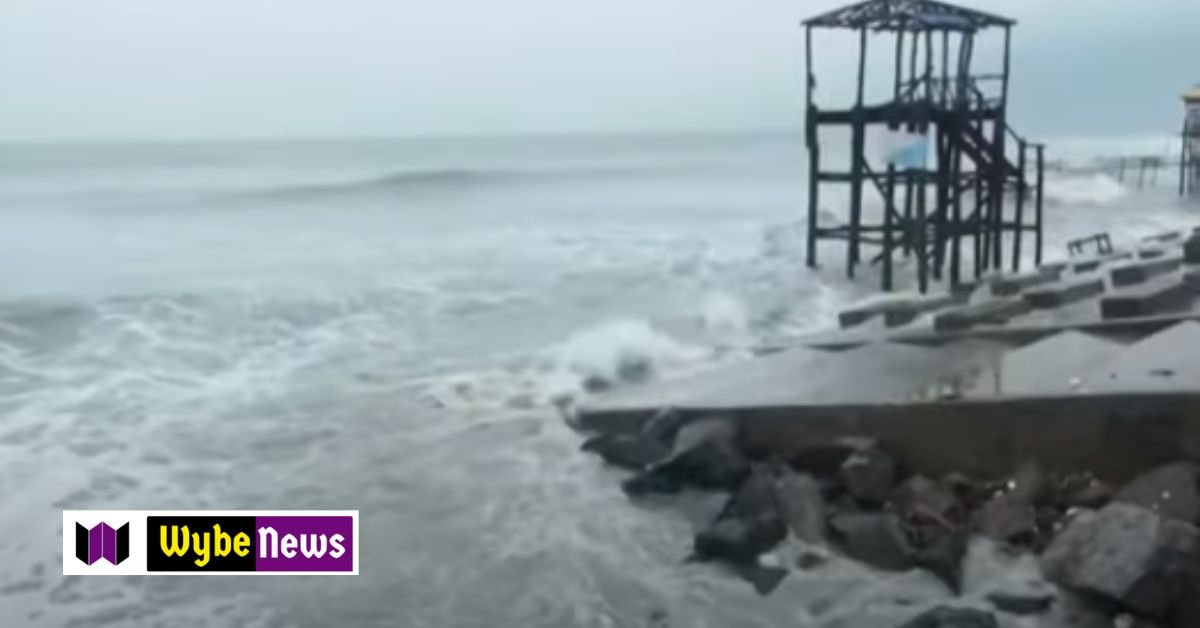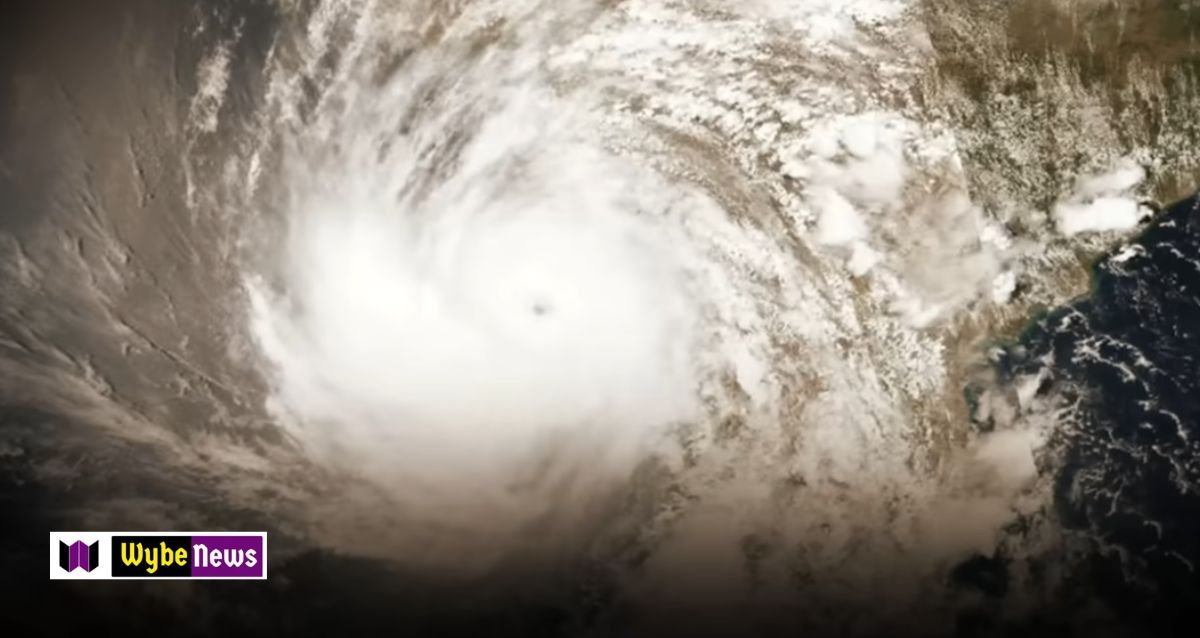Cyclone Remal Ravages Coastal Bengal and Bangladesh: Massive Evacuations and Widespread Destruction

Cyclone Remal unleashed its fury as it made landfall between the coastal areas of West Bengal and Bangladesh on Sunday night, bringing with it a trail of devastation and chaos. The severe cyclonic storm, which began its assault at 8:30 pm near the southwest of Mongla, has continued its northward march, gradually weakening but leaving a path of destruction in its wake.
In a dramatic show of nature’s power, coastal regions between Sagar Island in West Bengal and Khepupara in Bangladesh were battered by gale-force winds and torrential rains. The India Meteorological Department (IMD) reported that winds reached speeds of 100-110 kmph on Sunday evening, causing extensive damage and widespread disruption. Kolkata, Howrah, Hoogly, and East Medinipur experienced winds of 45-55 kmph, with gusts up to 65 kmph, expected to intensify to 70-80 kmph, gusting to 90 kmph.
The impact on Kolkata was severe, with heavy rain and strong winds uprooting trees and blocking roads. The Kolkata Municipality and Kolkata Police Disaster Management teams worked tirelessly throughout the night to clear the debris and restore normalcy. Deputy Commissioner South Kolkata, Priyabrata Roy, assured that efforts to clear the roads are ongoing and the situation is expected to improve by morning.
In anticipation of the cyclone’s landfall, the West Bengal government took swift action, relocating around 110,000 people from vulnerable coastal areas, including the Sundarbans and Sagar Island, to safer cyclone shelters. The National Disaster Response Force (NDRF) deployed 14 teams across nine districts, with additional teams on standby, ready for rapid deployment as needed.
Prime Minister Narendra Modi, in a high-level meeting held earlier on Sunday, assessed the preparedness for Cyclone Remal. The National Crisis Management Committee maintained regular contact with the West Bengal government to coordinate efforts. The Prime Minister directed that additional NDRF teams be kept on standby and the Indian Coast Guard be prepared for any emergency situations.
As the storm continues to weaken and move north-northeastwards, the focus remains on relief and recovery efforts. The extent of the damage is still being assessed, but early reports indicate significant impact on infrastructure and livelihoods in the affected regions. Nearly a million people were evacuated over the past two days, highlighting the scale of the response required to manage this natural disaster.
The situation remains dynamic, and authorities are urging residents to stay safe and heed official advisories. With the unified control rooms monitoring the situation throughout the night, the resilience and preparedness of the communities in the path of Cyclone Remal will be crucial in overcoming this challenge.






